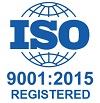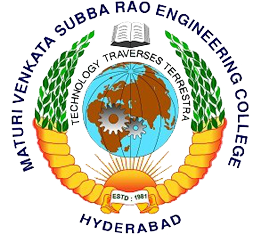|
PROGRAM EDUCATIONAL OBJECTIVES (PEOs)
The Program Educational Objectives of undergraduate program in Computer Science & Engineering are to prepare graduates who will:
- Obtain strong fundamentals concepts, technical competency and problem solving skills to generate innovative solutions to engineering problems.
- Continuously enhance their skills through training, independent inquiry, professional practices and pursue higher education or research by adapting to rapidly changing technology.
- Advance in their professional careers including increased technical, multidisciplinary approach and managerial responsibility as well as attainment of leadership positions thus making them competent professionals at global level.
- Exhibit commitment to ethical practices, societal contributions and lifelong learning.
(A) PROGRAM OUTCOMES(POs)
At the end of the program the students (Engineering Graduates) will be able to:
- Engineering knowledge: Apply the knowledge of mathematics, science, engineering fundamentals, and an engineering specialization to the solution of complex engineering problems.
- Problem analysis: Identify, formulate, review research literature, and analyse complex engineering problems reaching substantiated conclusions using first principles of mathematics, natural sciences, and engineering sciences.
- Design/development of solutions: Design solutions for complex engineering problems and design system components or processes that meet the specified needs with appropriate consideration for the public health and safety, and the cultural, societal, and environmental considerations.
- Conduct investigations of complex problems: Use research-based knowledge and research methods including design of experiments, analysis and interpretation of data, and synthesis of the information to provide valid conclusions.
- Modern tool usage: Create, select, and apply appropriate techniques, resources, and modern engineering and IT tools including prediction and modelling to complex engineering activities with an understanding of the limitations.
- The engineer and society: Apply reasoning informed by the contextual knowledge to assess societal, health, safety, legal and cultural issues and the consequent responsibilities relevant to the professional engineering practice.
- Environment and sustainability: Understand the impact of the professional engineering solutions in societal and environmental contexts, and demonstrate the knowledge of, and need for sustainable development.
- Ethics: Apply ethical principles and commit to professional ethics and responsibilities and norms of the engineering practice.
- Individual and team work: Function effectively as an individual, and as a member or leader in diverse teams, and in multidisciplinary settings.
- Communication: Communicate effectively on complex engineering activities with the engineering community and with society at large, such as, being able to comprehend and write effective reports and design documentation, make effective presentations, and give and receive clear instructions.
- Project management and finance: Demonstrate knowledge and understanding of the engineering and management principle and apply these to one’s own work, as a member and leader in a team, to manage projects and in multidisciplinary environments.
- Lifelong learning: Recognize the need for, and have the preparation and ability to engage in independent and life-long learning in the broadest context of technological change.
(B) PROGRAM SPECIFIC OUTCOMES (PSOs)
13.Efficient coding: an ability to analyse a problem, design the algorithm and optimally code its solution.
14. Software deployment: an ability to identify & define computing requirements to test, implement and maintain a software product.
|



